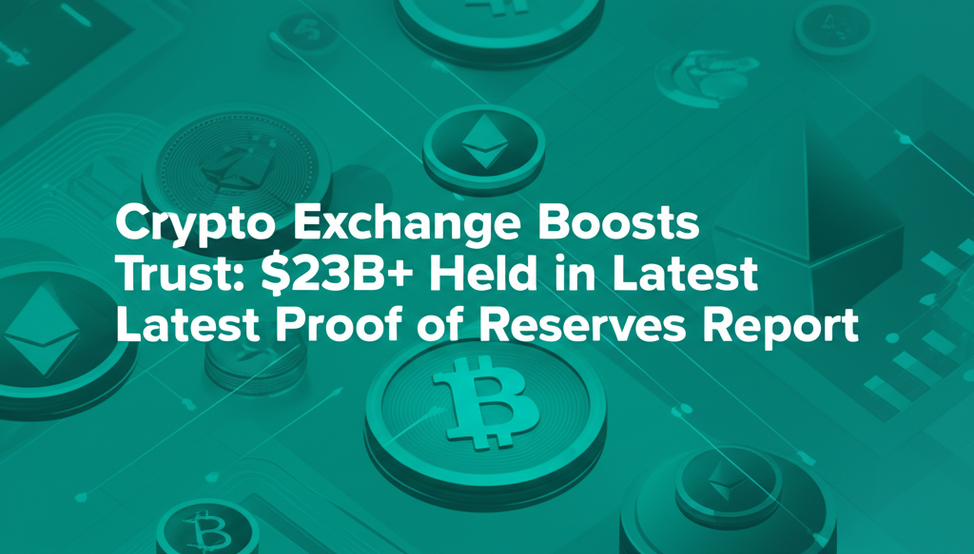Crypto Exchange Boosts Trust: $23B+ Held in Latest Proof of Reserves Report

A prominent cryptocurrency exchange has reinforced its commitment to transparency and user security with its latest Proof of Reserves findings. The report confirms the platform holds assets significantly exceeding customer deposits across 22 major digital currencies.
This 30th consecutive validation reveals the exchange safeguards over $23.1 billion in primary assets. This pool covers widely-traded cryptocurrencies including Bitcoin (BTC), Ethereum (ETH), Tether (USDT), USD Coin (USDC), Ripple (XRP), and Dogecoin (DOGE), among others.
The exchange emphasized that protecting customer funds remains paramount. Maintaining a reserve ratio consistently above 1:1 for user assets underpins its reputation for robust security and liquidity within the digital asset space.
Verified by blockchain security specialist Hacken, the report details on-chain reserves surpassing 100% for nearly all 22 audited cryptocurrencies. The only exception noted is the platform’s native utility token, OKB, which maintains a precise 100% (1:1) backing.
For Bitcoin, the leading cryptocurrency, the exchange’s wallets contain 139,082 BTC against customer holdings of 133,151 BTC. This results in a healthy reserve ratio of 104%, providing a buffer for user funds.
Similarly positive figures were reported for Ethereum and the widely used stablecoin Tether (USDT). Both assets show a reserve ratio of 104%, indicating the exchange holds more ETH and USDT than required to cover all customer balances.
Other significant digital assets like USDC, Dogecoin, and Solana (SOL) also demonstrate strong backing, with reserve ratios standing at 101%. Notably, the reserve ratio for XRP is the highest among the reported assets, reaching an impressive 110%.
Proof of Reserves serves as a critical mechanism in the crypto industry. It uses cryptographic methods to attest that an exchange possesses sufficient on-chain assets to match customer liabilities at a given point in time. This practice aims to assure users that their funds are secure and recoverable, bolstering platform stability even during market stress or security incidents.
